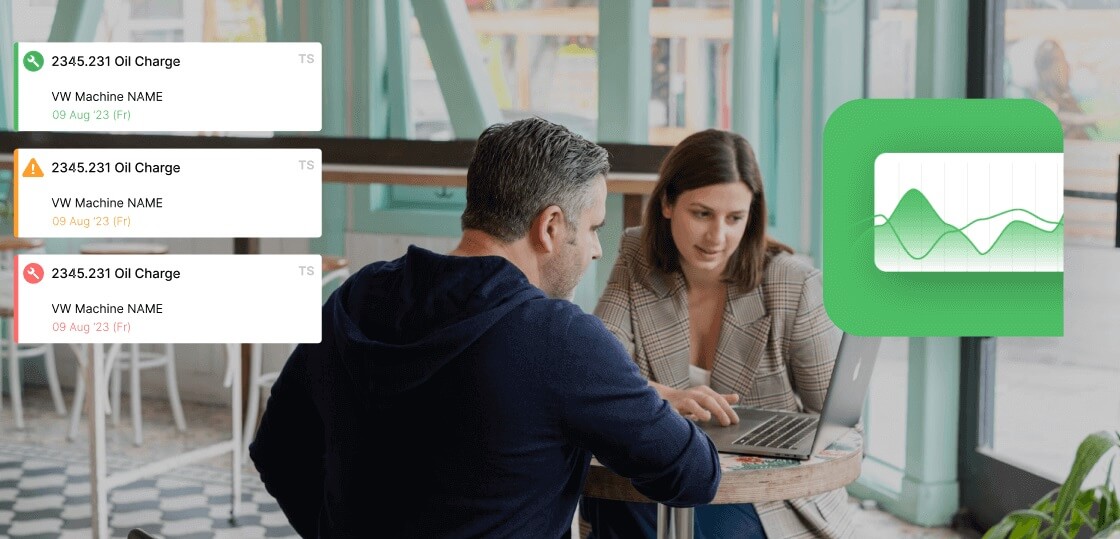Maintenance in the Pulp & Paper industry is a beast.
You are managing massive, continuous assets (Digesters, Paper Machines, Winders) that run 24 hours a day. The environment is hostile—wet, hot, and corrosive.
If a paper machine breaks, the cost isn't just lost time; it's lost tonnage, huge energy waste during restart, and potentially a safety incident.
Generic maintenance software often fails here. It doesn't understand Continuous Process Reliability. It treats a paper machine like a discrete assembly line.
Paper mills need software that supports Reliability-Centered Maintenance (RCM) and Process OEE. Here are the 5 best CMMS options for Pulp & Paper in 2025.
1. Fabrico: The "Reliability" Solution
Best For: Mills that want to implement RCM (Reliability-Centered Maintenance) and OEE.
Fabrico is ideal for the paper industry because it connects the Process Data (Speed/Quality) with the Maintenance Action.
Why Paper Mills Switch to Fabrico:
-
RCM-Ready: As proven in major pulp operations (like the Leaf River case study concepts), the key to mill profitability is prioritizing critical assets. Fabrico natively handles Failure Modes and Criticality Analysis, allowing you to focus resources on the assets that actually drive tonnage.
-
Opportunity Maintenance: When the paper breaks and the machine stops for 20 minutes, what should you fix? Fabrico’s "Opportunity" backlog instantly shows technicians which pending tasks can be done right now while the machine is down.
-
Condition Monitoring: Fabrico integrates with vibration and temperature sensors on critical rolls and bearings. It triggers work orders before a bearing seizes and tears the felt.
-
Digital Lubrication Routes: Paper machines have thousands of lube points. Fabrico digitizes the lubrication route, ensuring no zerk is missed, reducing bearing failures.
The Verdict: If you want to run a high-reliability mill, Fabrico is the modern platform.

2. SAP PM (Plant Maintenance)
Best For: Global conglomerates.
Most large paper companies (International Paper, WestRock) use SAP.
-
Pros: Total financial integration. It handles the massive inventory costs of spare rolls, felts, and motors perfectly within the corporate ledger.
-
Cons: Usability. It is notoriously difficult for millwrights to use on the floor. This leads to "Shadow Systems" (paper logs) and poor data quality.
-
The Difference: SAP is for the Controller; Fabrico is for the Millwright.
3. Valmet (DNA / Asset Performance)
Best For: Valmet-centric mills.
Valmet is a major OEM for paper machines, and their software suite is powerful if you own their hardware.
-
Pros: Unmatched deep diagnostics for Valmet machinery. It understands the physics of the paper making process.
-
Cons: It is an OEM silo. It is great for the paper machine, but less effective for the balance of plant (pumps, woodyard, power boiler) that might be from different vendors.
-
The Difference: Valmet is for the Machine; Fabrico is for the entire Mill.
4. Infor EAM (HxGN EAM)
Best For: Heavy Asset Management.
Infor is a strong contender for asset-intensive industries like mining and paper.
-
Pros: Very strong on "Linear Assets" (conveyors, piping) and complex MRO supply chains. It handles the hierarchy of a mill very well.
-
Cons: It is "Heavy Software." Implementation is a long project. It often lacks the agile, mobile-first usability that younger technicians expect.
-
The Difference: A solid legacy choice, but slower to deploy than Fabrico.
5. Limble CMMS
Best For: Specific subsystems or smaller mills.
If you need to organize the maintenance shop quickly without a massive IT project, Limble is a good agile option.
-
Pros: Simple to use. Good for managing the "General Maintenance" of the facility (lights, doors, forklifts) alongside the production equipment.
-
Cons: It lacks the deep Process OEE integration required to correlate "Paper Break" frequency with maintenance activities.
-
The Difference: Limble is for the shop; Fabrico is for the process.
Comparison Matrix: Mill Reliability
| Feature |
Fabrico |
SAP PM |
Valmet |
Infor |
| Primary Focus |
Reliability & OEE |
Finance |
Process Control |
EAM |
| RCM Workflows |
✅ Native |
⚠️ Custom |
✅ Native |
✅ Native |
| Opportunity Maint. |
✅ Visual |
❌ No |
⚠️ Basic |
⚠️ Basic |
| User Experience |
Modern |
Dated |
Technical |
Complex |
| Setup Speed |
Weeks |
Years |
Months |
Months |
Summary: Keep the Roll Turning
In paper manufacturing, uptime is the only metric that matters.
-
Stick with SAP if: You are mandated by corporate headquarters.
-
Choose Valmet if: Your entire line is Valmet and you want deep OEM diagnostics.
-
Choose Fabrico if: You want to modernize your reliability program. If you want to empower millwrights with mobile tools, automate lubrication routes, and capture OEE data to reduce paper breaks, Fabrico is the right solution.
Optimize your tonnage.
Book a Demo with Fabrico to see how we handle continuous process maintenance.








